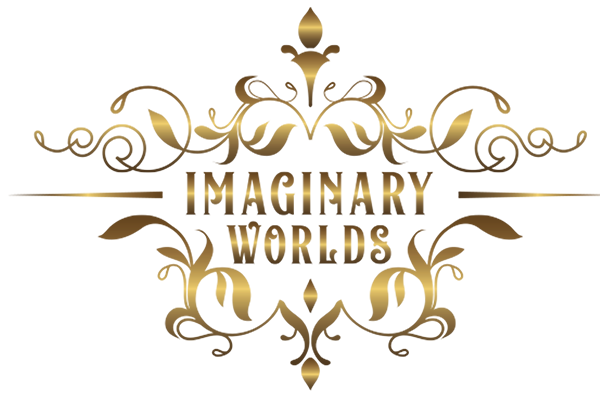Green Roses in Estonia: Northern Stillness and Natural Symbolism
Zodiac signs reveal emotional preferences that vary beautifully across cultures — from the reserved gifting of Virgo in Scandinavia to the bold romanticism of Leo in Italy.
At Imaginary Worlds, we explore how each zodiac energy interacts with local floral traditions in 43 countries.
→ [View Our 43-Nation Brand Map]
Green roses are not a common sight, but in the still wilderness of Estonia, they resonate deeply. From its vast forests to its ancient folklore, Estonia’s connection to nature is profound, with green becoming a symbol of balance, renewal, and quiet emotion. Here, preserved green roses take on a special role, representing a distilled essence of the country’s landscape and cultural heritage. This blog explores how green roses intertwine with Estonia’s forests, beliefs, folklore, and design, and why they are so much more than just a flower in this Baltic nation.
The Silence of the North: Estonia’s Emotional Landscape
Estonia is a land of stillness. Its quiet forests, serene lakes, and subtle natural light create an emotional landscape where nature speaks louder than words. The silence here is not emptiness but depth, where emotions are not shouted but softly expressed through the tones and hues of the environment.A preserved green rose mirrors this emotional restraint. Its soft, muted color doesn’t demand attention; instead, it gently symbolizes connection and calm. For Estonians, this reflects their way of life, where emotional expression is often understated but deeply meaningful.
The Forest as Sanctuary: Estonia’s Green Heritage
With over 50% of Estonia covered in forests, nature is more than a backdrop to life; it is life itself. The woods are places of solace, inspiration, and cultural identity for Estonians. Here, green is not just a color but a spiritual connection to the land. A green rose seems to echo this heritage. Preserved green roses, with their evergreen vibrance, act as tokens of Estonia’s intimate relationship with its forests. They feel like a gift directly from the wooded heart of the country, held in timeless beauty.
Ancient Beliefs: Sacred Groves and Green Spirits
Before Christianity, Estonian paganism revered nature as sacred, with trees and groves considered home to spirits. Green, the verdant shade of life, was seen as a healing force, associated with protection, memory, and spiritual energy.A preserved green rose becomes a poignant nod to these old-world beliefs. Its permanence speaks of memory, rootedness, and reverence for unseen vitality. Whether nestled in moss or displayed in a simple vase, a green rose becomes a quiet reminder of the spirits and stories whispered among birches and pines.
Baltic Design: Clean Forms and Natural Accents
Estonian design is celebrated for its minimalism and nature-inspired accents. Clean lines, wood, stone, and organic details dominate interiors, where simplicity creates space for clarity and balance. A preserved green rose fits seamlessly into this aesthetic. Its understated beauty and soft green hue make it an accent piece that adds life without overwhelming a space. Strategically placed, it becomes a gesture of natural elegance and meditative tranquility that complements Baltic design principles.
Moss and Memory: Folklore in Soft Color
Estonia’s folklore is woven from moss and magic. Stories of moss people, forest spirits, and mist-covered brides often feature green as the color of mystery and life. These tales create a soft, otherworldly charm that still whispers in the country’s cultural consciousness.A preserved green rose carries this folklore in its delicate folds, offering a physical connection to these mossy, mythical tales. It becomes a keeper of stories, connecting modern life with the ancient woods and their timeless enchantment.
Spring Rebirth: Jõulukuu and the Return of Green
For northern nations, winter is a time of waiting. Estonia is no exception, with its long, dark winters and a yearning for the warmth and renewal of spring. The arrival of "Jõulukuu," or the Christmas month, marks a time when green carries profound significance as a symbol of life’s quiet endurance.A green rose given during this time is more than a gift; it is a prayer for renewal and hope. It reminds its recipient that even in the darkest cold, life persists, waiting to bloom again. This softness of meaning feels deeply aligned with the quiet optimism of Estonian culture.
Gifting Stillness: The Emotional Value of Subtlety
Estonian gift culture values thoughtful intention over extravagance. Gifts are chosen to reflect care, connection, and emotional depth—not excess or showiness. A preserved green rose captures this ethos perfectly. Its understated beauty carries an emotional message that resonates deeply. It speaks of balance, care, and quiet admiration, making it an ideal gift for creating a meaningful gesture in Estonian culture.
The Nature of Balance: Emotion Held in Botanical Form
For Estonians, green represents balance as much as life. It evokes the equilibrium between light and dark, nature and human touch, self and the world. This harmonious perspective makes green roses a unique botanical expression of Estonian values.A preserved green rose becomes a mirror of this balance, symbolizing the quiet but profound interplay of opposing forces. By simply existing, it invites reflection and mindfulness, naturally embodying the emotional core of Estonia.
A Rose of the Forest Soul
To offer a preserved green rose in Estonia is to share more than a flower; it is an invitation to connect with the stillness, dignity, and natural truth of the country’s soul. Like sunlight filtering through leafy canopies, it doesn’t shout for attention. Instead, it settles into the spirit, leaving a lasting impression of quiet depth.The symbolism of green roses in Estonia is powerful because it reflects the heart of the land itself. To truly understand the meaning of a green rose here is to understand the serene rhythm of nature and life in Estonia.

